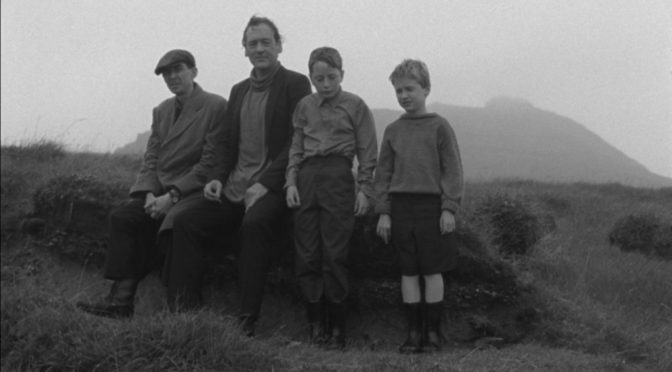![]() LOOKING AT OTHERS is an interrogation into the politics of spectatorship, underpinning the ethos of Document Human Rights Film Festival – to challenge the audience and force them to consider their own position as spectators. Interrogating the very medium of film, this strand of shorts contextualises the camera as a political device, making everyone on screen its subjects.
LOOKING AT OTHERS is an interrogation into the politics of spectatorship, underpinning the ethos of Document Human Rights Film Festival – to challenge the audience and force them to consider their own position as spectators. Interrogating the very medium of film, this strand of shorts contextualises the camera as a political device, making everyone on screen its subjects.
The headlining short film, LOOKING AT OTHERS, follows a trip of Western, camera-clutching tourists who ‘experience’ a Roma community – living among them and learning about their culture. Through this dynamic, the film investigates the process of othering the Roma natives. The tourists meander around the village with cameras, keen to record every second of their experience with this elusive community. The locals position themselves as beneficiaries of this exchange, romanticising the Roma lifestyle in order to market to tourists – selling headscarves and other apparel to the excited tourists. Despite their comfort with the circumstance, this dynamic between the two communities is puzzling and perplexing, with echoes of a neo-colonial and capitalist underpinning – the audience is forced to consider their own positionality as spectators to this exchange.
Told through a gloomy greyscale lens, Duncan Campbell’s THE WELFARE OF TOMAS Ó HALLISSY observes a rural Irish community through the eyes of mute Tomás. Taking inspiration from anthropological research from the ‘60s and ‘70s, the fictional American filmmakers watch Tomás as he navigates the old world of his elders, while trickles of change bleed into the community. Set at a time when cases of psychosis in Ireland were exponentially high, the film asks you to consider the responsibility of the filmmaker in protecting their subjects whilst also showcasing the truth of a situation. When they realise the vulnerability of the local people, the filmmakers battle with their sense of moral and directorial responsibility, and question how fair their methodology is driven by activist intention. How valid is their film as a historical source? With rural Kerry as the film’s backdrop, the landscape both promises security and threatens isolation, underpinning the anxieties of the community.
Departing from the tone of the previous film, ROADSIDE ATTRACTION is a humorous and poignant look at American cultural identity and spectatorship. Shot during an afternoon at Palm Beach International Airport, a large group of onlookers stand taking pictures and documenting something off-screen. They pose with their families and countless dogs, grinning excitedly. A few political t-shirts are spotted, like a ‘Trump 2016’ one on a small older woman – a grim reminder of the country’s political fate. Eventually, the audience are shown the spectacle that has excited so many onlookers – the plane carrying the sitting President of the United States. Police come to clear the masses, but get roped into taking photos and posing with the onlookers – even they can’t contain their excitement. ROADSIDE ATTRACTION perhaps best articulates the pre-Trump optimism and patriotism many Americans felt. For these onlookers, the plane is an exciting, emblematic spectacle. In 2018, it feels like a relic.
Screened in partnership with Glasgow Short Film Festival, this strand of short films engage with questions of the gaze and positionality in a nuanced and diverse way.

